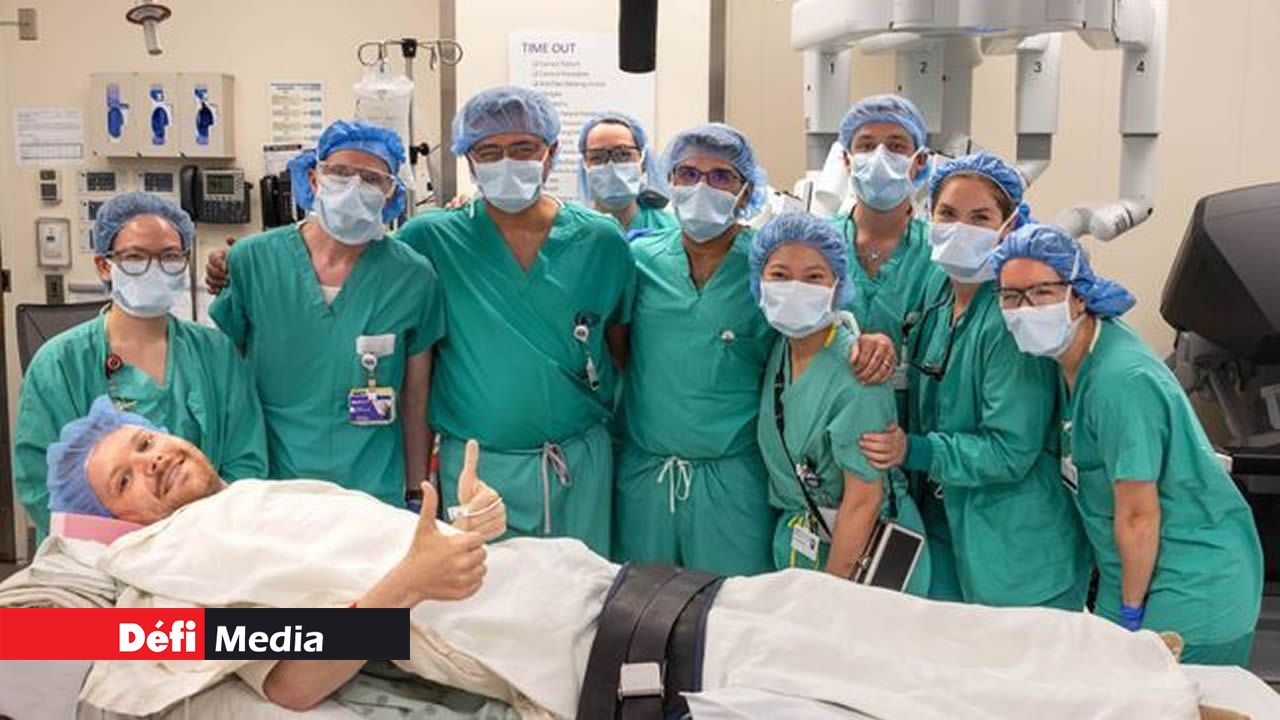
American surgeons performed a kidney transplant during which the patient remained awake. The latter was able to return to his home the next day. This world first could improve access to this type of organ transplant for patients at risk for general anesthesia, while reducing the length of stay for all transplant patients.
Beyond the technical prowess, this kidney transplant being treated as an outpatient surgery could improve access to this type of organ transplant for patients who previously had no solution. It also significantly reduces the duration of hospitalization.
Nicholas' best friend donates his kidney to him.
At the age of 16, Nicholas began having kidney problems after being diagnosed with Crohn's disease years earlier. Inflammation in his kidneys caused damage, although the root cause was never found. After moving to Chicago in early 2022, his kidney function declined and it became clear that he would need a kidney transplant.
He turns to his group of friends he's known since elementary school, and his best friend, Pat Wise, 29, who works for a public health agency, doesn't hesitate: “I was in my kitchen trying to make dinner and John sent a text saying, 'My doctor says it's time “It's time for me to start looking for kidney donors.” I looked at my phone and, without hesitation, filled out the form. That evening I had to at least explore the possibility of being his donor. Wise's match was announced and he traveled to Chicago where surgeons removed one of his kidneys and transplanted it into Nicholas House is in unique procedure.
Nicholas had no risks or phobias about general anesthesia, but was an excellent candidate for the procedure given his age, limited risk factors, and desire to participate in Northwest Medicine's first clinical trial.
On May 24 at Northwestern Memorial Hospital, Dr. Nadig, a transplant surgeon, and Vicente Garcia Tomas, an anesthesiologist, performed the procedure that took less than two hours. The patient received a type of anesthesia similar to that used during a cesarean section. “In the operating room, it was an amazing experience to be able to show the patient what the new kidney looks like before it is placed in the body,” the surgeon commented.






